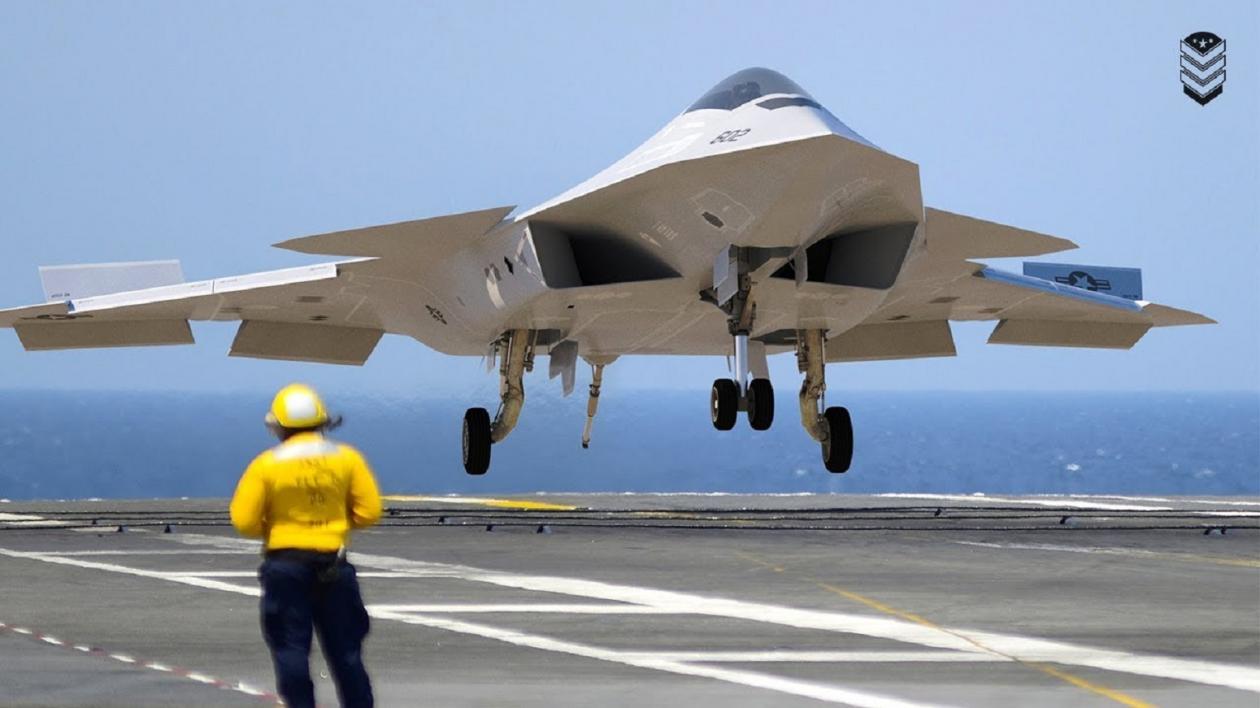New much-longer range sensors and weapons, incorporating emerging iterations of AI, are expected to make warfare more disaggregated and much less of a linear force on force type of engagement. Such a phenomenon, driven by new technology, underscores warfare reliance upon sensors and information networks.
All of this, naturally, requires the expansive “embedded ISR” discussed by the paper. Network reliant warfare is of course potentially much more effective in improving targeting and reducing sensor-to-shooter time over long distances, yet it brings a significant need to organize and optimize the vast, yet crucial, flow of information.
The Navy is currently analyzing airframes, targeting systems, AI-enabled sensors, new weapons and engine technologies to engineer a new 6th-Generation fighter to fly alongside the F-35 and ultimately replace the F/A-18.
The Navy program, called Next-Generation Air Dominance, has moved beyond a purely conceptual phase and begun exploration of prototype systems and airframes as it pursues a new, carrier-launched 6th-Gen fighter to emerge in 2030 and beyond, service officials explained.
Read more HERE
Ask me anything
Explore related questions





